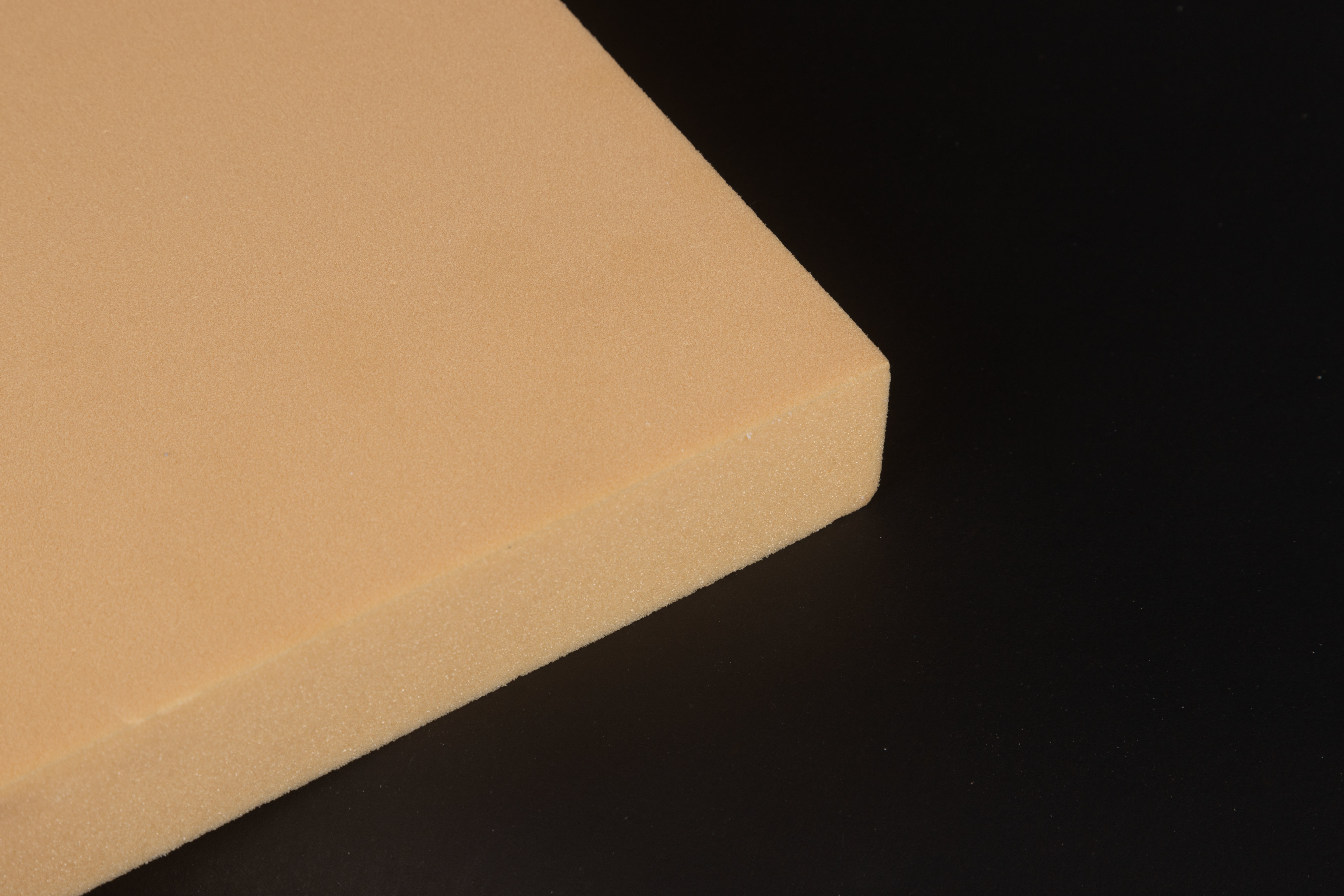
PVC Foam in Composite Structures: Enhancing Performance in Aerospace and Marine Industries
The aerospace and marine sectors demand materials that balance lightweight properties with exceptional mechanical strength. PVC foam, particularly in its closed-cell form, has become a critical component in sandwich composites, offering unmatched stiffness-to-weight ratios and fatigue resistance.
1. Structural Mechanics of PVC Foam Cores
PVC foam cores are modeled as transversely isotropic materials, meaning their properties vary between the foam rise direction (z-axis) and planar directions (x-y axes). This anisotropy allows engineers to optimize designs for specific load conditions. For instance, in aircraft wings, the foam’s high out-of-plane compressive strength resists buckling under aerodynamic forces.
2. Advantages Over Traditional Materials
Weight Reduction: PVC foam cores reduce composite weights by 40–60% compared to solid aluminum or steel. A Boeing 787 fuselage section using PVC foam-cored panels achieves a 20% weight saving over conventional designs, translating to lower fuel consumption and emissions.
Corrosion Resistance: Unlike metal honeycomb cores, PVC foam does not rust or degrade in saltwater environments. This makes it ideal for marine applications, such as yacht decks and offshore platform components, where maintenance costs are minimized.
Vibration Damping: The foam’s cellular structure absorbs vibrations, enhancing passenger comfort in aircraft and reducing noise in submarines. Tests show a 30% reduction in cabin noise when PVC foam is used in floor panels.
Conclusion
PVC foam’s unique blend of properties is driving innovation across industries. Its role in lightweight composites not only improves performance but also supports global sustainability goals by reducing material consumption and energy use. As research continues to push the boundaries of its capabilities, PVC foam is set to remain a cornerstone of modern engineering.

PVC Foam Cores,PVC foam
Latest News




